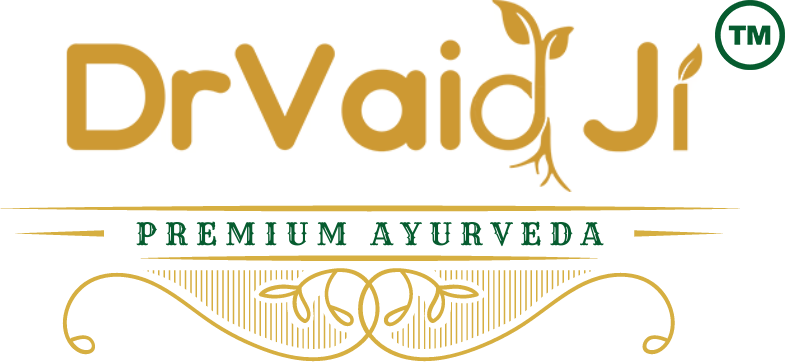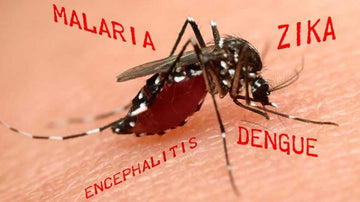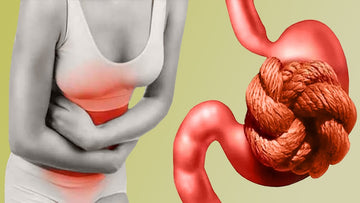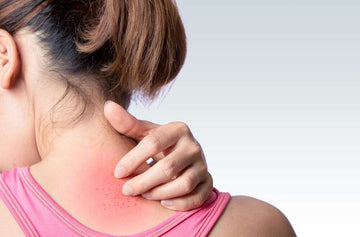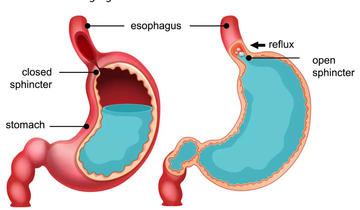
DEFINITION
Hypotension occur when a person’s blood pressure drops to lower than normal, that is 90/60 mmHg and below. The drop blood pressure can make a person feel dizzy or lightheaded and increase the risk of falls, it might lead to other health complications when there is inadequate blood flow to the heart, brain, and other parts of the body.
TYPES OF HYPOTENSION
Orthostatic hypotension
- It also known as postural hypotension
- Orthostatic hypotension is drop in blood pressure that occur when you move from sitting or lying down to standing.
- It is most common form of low blood pressure.It can affect people of all ages, but it’s especially common in older adults
Postprandial Hypotension
- Post prandial hypotension is a drop in blood pressure that occur after eating.
- It is more common in older adults and people with autonomic dysfunction.
Neurally Mediated Hypotension
- For some patients, the blood pressure may also fall when standing for a long period of time.
Severe Hypotention
- This condition created when someone gets a shock.It is also caused by excessive bleeding in the accident.
- If not treated immediately, serious hypotension can be life – threatening.
CAUSES OF HYPOTENSION
There are many resons for hypotension,some of which are as follows
- Injury-related blood loss
- Blood infection
- Weakness
- Liver disease
- Hormonal problems such as diabetes, hypothyroidism,hypoglycemia
- Chronic heart conditions, heart failure or abnormal heart rhythms
- Dehydration and heat exhaustion
- Pregnancy
- A sever allergic reaction
- Som medication such as for High blood pressure,beta blockrer, antidepressants
SYMPTOMS OF HYPOTENSION
When your vital organs are not receiving enough oxygen due to low blood pressure, your body will start to feel unwell.
- Dizziness, unstrandiness
- Weak pulse or rapid heartbeat
- Blurry vision
- Fainting or syncope (loss of consciousness)
- Chest pain
- Nausea and vomiting
- Confusion
- Anxiety
- Fatigue
- Clammy skin
Hypotension can also be asymptomatic, so worry not if you do not have any symptoms.
Ayurvedic Remedies For Low Blood Pressure
1.Tulsi Leaves
- Tulsi leaves are loaded with potassium, magnesium, Vitamin C and Vitamin B5 .It is very effective to control blood pressure.
- You can chew 4-5 leaves every morning or drink a teaspoon of tulsi extracts with honey on an empty stomach.
2. Raisins
- It contains vitamins, antioxidants and dietary fiber.It helps in treating hypotention .
- Consider having soaked raisins on an empty stomach for best results.
3. Salt Water
- It helps to treat low blood pressure, so drinking a glass of saltwater may help to increase low blood pressure.
- Dissolve half a teaspoon of salt in a glass of water and drink it.
4. Carrot
- Carrot juce is found to improve blood circulation along with regyulating your blood pressure.
- Add one teaspoon of honey to aglass of carrot juice. Drink it on empty stomach daily.
5.Water
- Drink at least 4- 5 litres of water every day.Dehydration is a common cause of low blood pressure.
- Lemon juice is highly effective to treat low blood pressure caused due to dehydration.
- Antioxidants present in it to regulate blood circulation and maintain blood pressure.
- Drink a glass of lemon juice mixed with one teaspoon of honey and salt to control your blood pressure.
7. Almonds
- Almonds contain healthy fats that help to regulate blood pressure.
- Eating 5-6 almonds daily may help to increase low blood pressure.
- Soak 5 to 6 almonds overnight, peel of the skin the next morning, and make a smooth paste.
- Add this paste to a cup of boiling milk and drink it for every morning for few weeks to treat your low blood pressure.
8.Garlic
- Garlic contains a compound that helps in stabilizing the blood prassure.
- You can either eat raw garlic 1-2 cloves ! hour before bed time can add it to your food preparations.
AYURVEDIC VIEW OF HYPOTENSION
According to Ayurveda Hypotension ( low blood pressure ) is due to the weakness of the digestive fire which can upset the doshas (Vatta, Pitta, Kapha). People with a vata type body have poor blood circulation that is the reason for ow blood pressure.Pitta type body has poor liver functions & anemia, is the reason for hypotension and kapha body type has congestion and reduces blood flow which leads to low blood pressure.
AYURVEDIC MANAGEMENT OF HYPOTENSION
Ayurvedic management aims to balance the doshas, improve circulation strengthen the body and promote overall well-being.
Diet and lifestyle Modifications
Following balance diet and maintaining a healthy lifestyle for managing hypotention.
- Including some foods in your meal alongside following certain dietary rules will help you manage you blood pressure levels
- Follow a high sodium diet . Include smoked fish,olives and pickles in your meal.
- Include plenty of fluids in your diet.
- Have foods rich in vitamin B-12 and folate because lack of nutrients can lead to anemia, a blood disorder often lead to hypotension.
- Limit your alcohol intake.
- Stick to small, frequent meals throughout the day Also, rest after each meal.
People who have predominance of pitta in their constitution and complain of low blood pressure should include turmeric in their food so as to control blood pressure.
People with vata dosha’s prevalence should add garlic to their diet to treat hypotension.
Herbs used in Hypotension
1.Ashwagandha (Withania somnifera)
2.Shatavari (Asparagus racemosus)
3.Guduchi (Tinospora cordifolia)
4.Licorice (glycyrrhiza glabra)
Panchakarma therapy
A set of ayurvedic detoxification procedures, may recommended to eliminate toxins, balance doshas, and support overall well-being.
Abhyanga (oil massage)
Swedana (Herbal steam therapy)
Shirodhara (Pouring of medicated oil on the forehead)
Yoga For Hypotension
1.Bhastrika
2.Surya bhedana
3.Sarvang asana
4.Ustrasana (Camel Pose)
5.Adho Mukha Svanasana (Downward-facing dog pose)
This is the rejuvenating pose. It might help strengthen the muscle and improve blood supply
